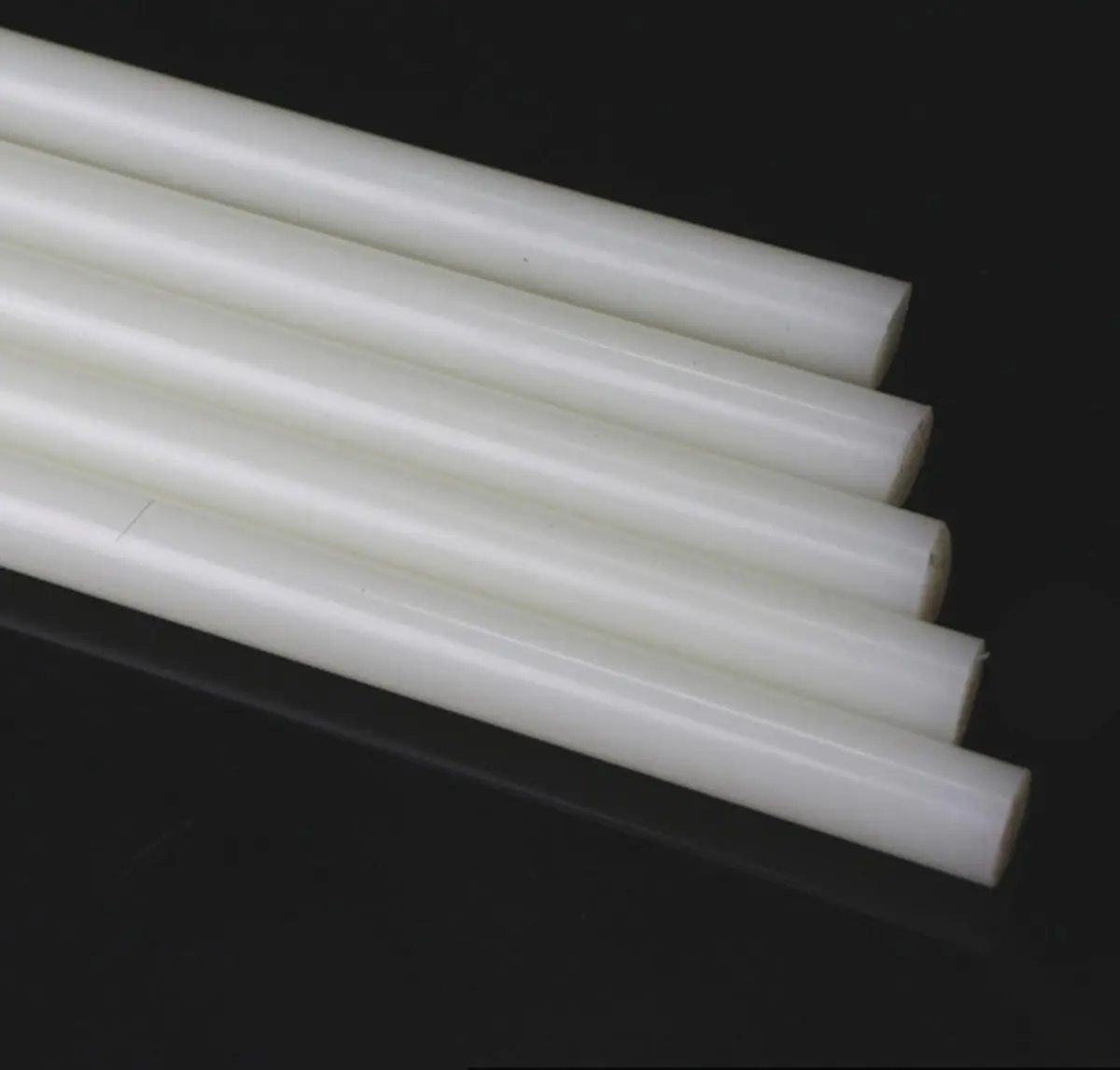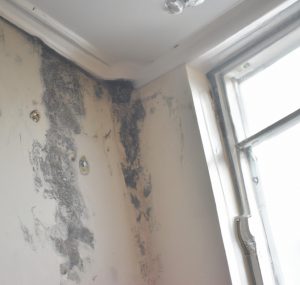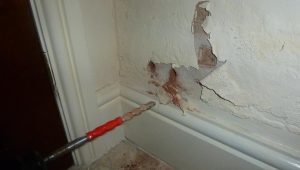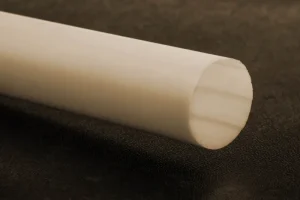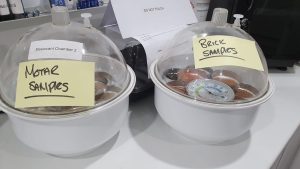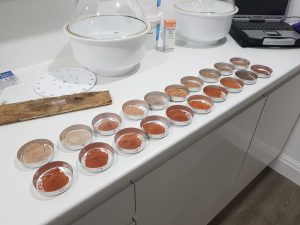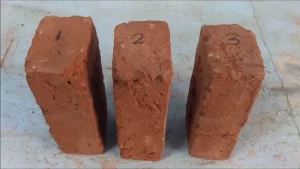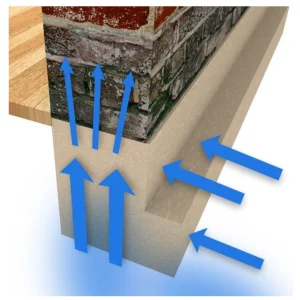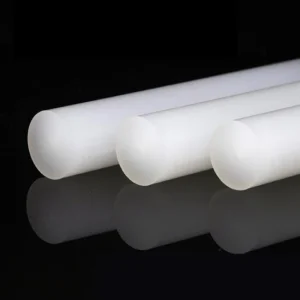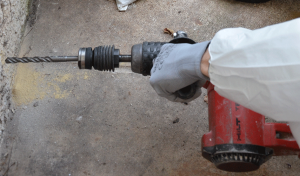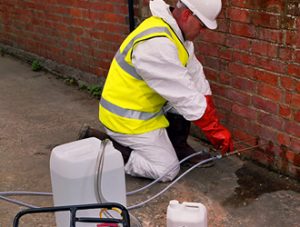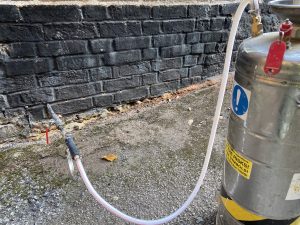In the ongoing quest for effective and affordable damp control solutions, damp proofing rods have emerged as a promising budget innovation. These rods, introduced a few years ago, have quickly gained popularity in the DIY damp-control market for their quick installation and mess-free application, offering an alternative to traditional cartridge-injected silane/siloxane creams. However, recent research by Presco Industries based in Sheffield has thrown a spotlight on the effectiveness of these rods compared to other damp proofing methods.
The Appeal of Damp Proofing Rods:
Damp proofing rods have become a sought-after choice for homeowners dealing with damp-related issues. The appeal is evident in their user-friendly nature—quick and easy to install, with no mess during application. Priced as low as £20 for a pack of 10, covering one linear meter, these rods present an affordable solution to the persistent problem of dampness. The process involves drilling holes into the mortar joint of the wall and inserting the rods, which release silicone-based active ingredients to create a damp proof course throughout the mortar. This barrier acts as a shield against moisture, preventing damp from becoming a future concern. Additionally, damp proofing rods can be used to treat walls that have already become saturated, reducing the mobility of ground salts and preventing them from soaking into the wall.
The Verdict: Do They Work ?
Presco Industries recently conducted a comprehensive series of tests on ten of the UK’s most commonly used damp-proof course (DPC) products, aiming to assess the effectiveness of various damp proofing methods. The results, however, delivered a sobering reality check for damp proofing rods.
According to the research findings, high-pressure solvent-based chemical injection DPC emerged as the indisputably most effective method of damp proofing, boasting a perfect 100% effectiveness rating. In stark contrast, all silane/siloxane creams performed poorly, with a collective rating of only 20%.
Damp proofing rods, unfortunately, fell to the bottom of the effectiveness scale. Even when correctly installed, these rods failed to exhibit any noticeable impact on the moisture content retained within the test brickwork. Moreover, the research indicated that the anti-damp properties of the rods did not effectively radiate into the surrounding masonry.
The Takeaway:
While damp proofing rods may seemingly offer a quick and budget-friendly solution to damp issues, it’s crucial for homeowners to understand that DPC injection is something best left to the professionals. High-pressure solvent-based chemical injection DPC, according to the study, remains the only method with a proven 100% effectiveness rating.
Conclusion:
At Rochester Building and Damp, we believe in providing our clients with accurate and transparent information to empower them in making informed decisions about their homes. While damp proofing rods may have their appeal, it’s essential to consider the conclusive findings of Presco Research. As the research suggests, high-pressure solvent-based chemical injection DPC, installed with precision, stands out as the only 100% effective damp proofing method.

